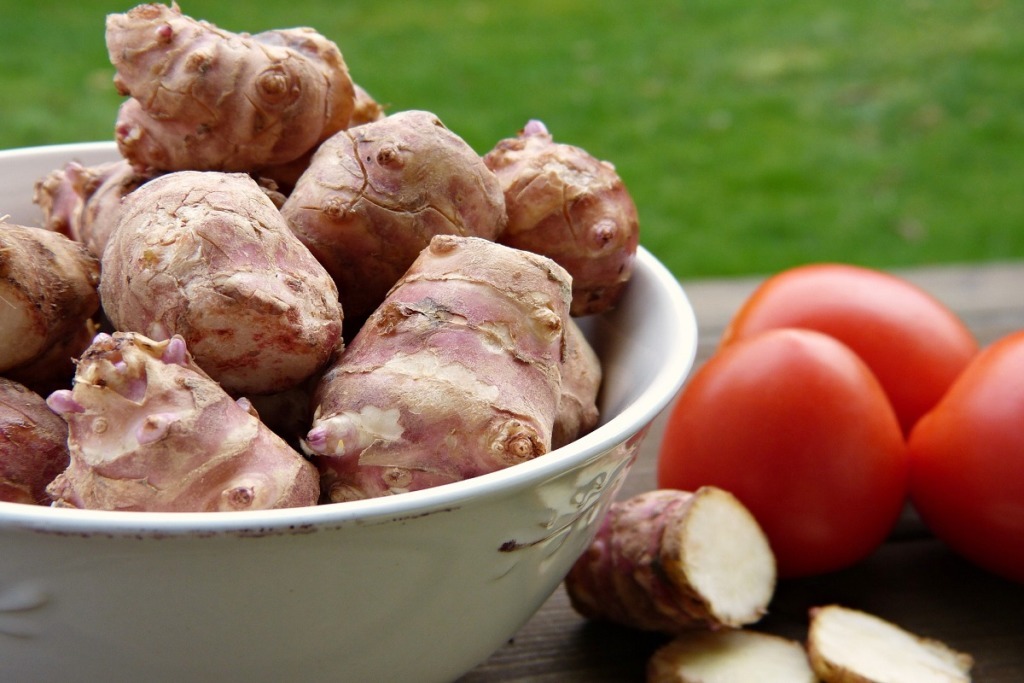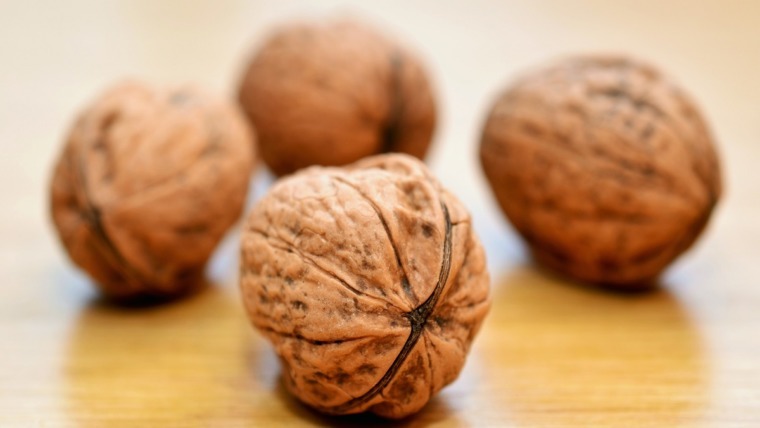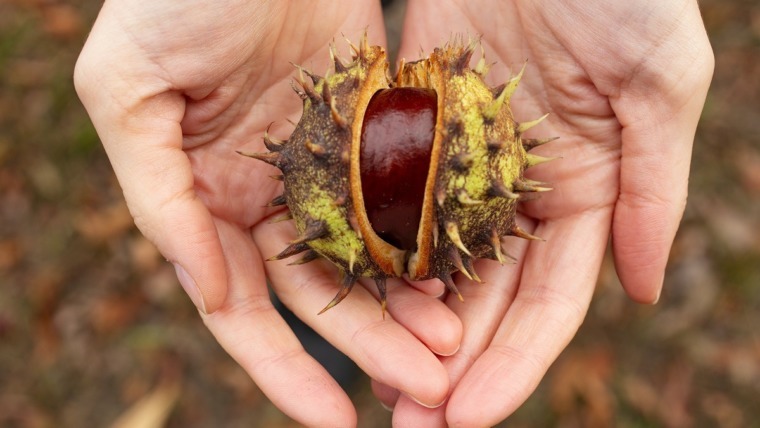
Written by Kevin Kapusi Starow
Is a favourite vegetable of mine, because of its versatility, and of course the taste, though it can be a little expensive at times to buy. The Jerusalem Artichoke is a native of North America and Canada and is known by several names, including topinambour, and sunchoke. They had been cultivated by the Native Americans for hundreds of years prior to the arrival of Europeans, and it is reported that it was the French explorer Samuel de Champlain who brought the plants back to France.
By the mid-1600 the vegetable had entered common use for human as well as animal consumption throughout Europe and in particular France. This popularity was due in part to the incredibly high crop yields of the tuber, and the ease at which they are to grow, as they can be left alone to just grow by themselves. Though if left in the ground the tubers can overrun a garden, if left untendered, by smothering or overshadowing other plants. Thus crops require rotation regularly to prevent this from occurring, though for home use this could be a blessing.
Where the name Jerusalem artichoke was derived from is uncertain as the plant is not an artichoke, (it is actually linked to the sunflower family) and has no relationship to Jerusalem. It is said that it was the English who bestowed the title Jerusalem while the French referred to the vegetable as an artichoke, as it was initially thought to taste like one. Though most of this is speculation, the real origins of the title perhaps have been lost in time, though at least we have the vegetable, yummy!
Cooking with Jerusalem Artichoke
The tuber is such a versatile vegetable, it has a sweet, nutty flavour that goes well with meats, fish and salads alike. They can be roasted in their jackets, with chilli, oil, garlic and sage, which really hits the spot as these flavours combined with the natural sweetness works to create an amazing taste. The versatility of just this simple dish allows it to be served as a tapas, plated or as an accompaniment on a buffet.
These tubers are a perfect addition in salads, grated, or sliced thinly on a mandolin, either raw or in a cooked form. They are used in many soups and purees, which in this form allows the nutty flavour qualities of the tuber to shine.
The versatility of the tuber extends through to sauces and soups, which are wonderfully complemented through the addition of butter and creams. Flavours are enhanced with the use of garlic, onions and fresh soft herbs, from your garden, or pots. Smoked foods, such as fishes, and meats are an amazing accompaniment to any Jerusalem artichoke dish especially soups and sauces.
There are literally unlimited combinations of flavours suitable for this tuber, which can be prepared in a myriad of ways, including roasting. If you like roast potatoes, then I think you will enjoy the roasted Jerusalem artichoke, it is amazing.
For Health
- The tubers contain antioxidant vitamins such as vitamin C, A, & E which work together to create a protection from inflammation, viral coughs and colds.
- They are high in electrolytes and minerals such as potassium, copper and iron. Potassium is a heart friendly electrolyte as it counters the effects of sodium thus assisting in the reduction of blood pressure.
- The tuber is high in fibre, both soluble and insoluble varieties which has been shown to assist in the elimination of toxic compounds in the gut. Which in real terms assist the body with constipation issues, and provides some protection against colon cancers.
- The root contains negligible amounts of fat and zero cholesterol, though has approximately 73 calories per 100gm of flesh, equivalent to that of a potato. The tuber is perfect for diabetics as it contains Inulin, an inert carbohydrate which is not metabolised by the human body.
- The tuber also contains a variety of valuable B-complex vitamins, including folates, riboflavin, thiamine, pyridoxine, and pantothenic acid
# Information provided by http://www.nutrition-and-you.com
There are two main varieties of this plant, I will save you from the elongated botanical epithets, and just call them white and red, in reference to the colour of the skin of the tuber. The white is relatively easy to grow as they are fast sprouting and are ready for immediate planting. On the other hand the red variety apparently prefers the colder climates in which it grows well, is said to be a trouble-free crop.

The plant has lovely green leaves, which are substantially hairy, the flower has a strikingly beautiful yellow colour, and is reminiscent of the sunflower. Which stands to reason as it is part of the sunflower family.
Actually, I am going to plant a few of these tubers at home and see how they go because as I said earlier, this is one of my favourite vegetables. By the sound of it, there is not much to growing them, why don’t you give it a go yourself, it has to be a more cost-effective way than buying them each time you need them.



